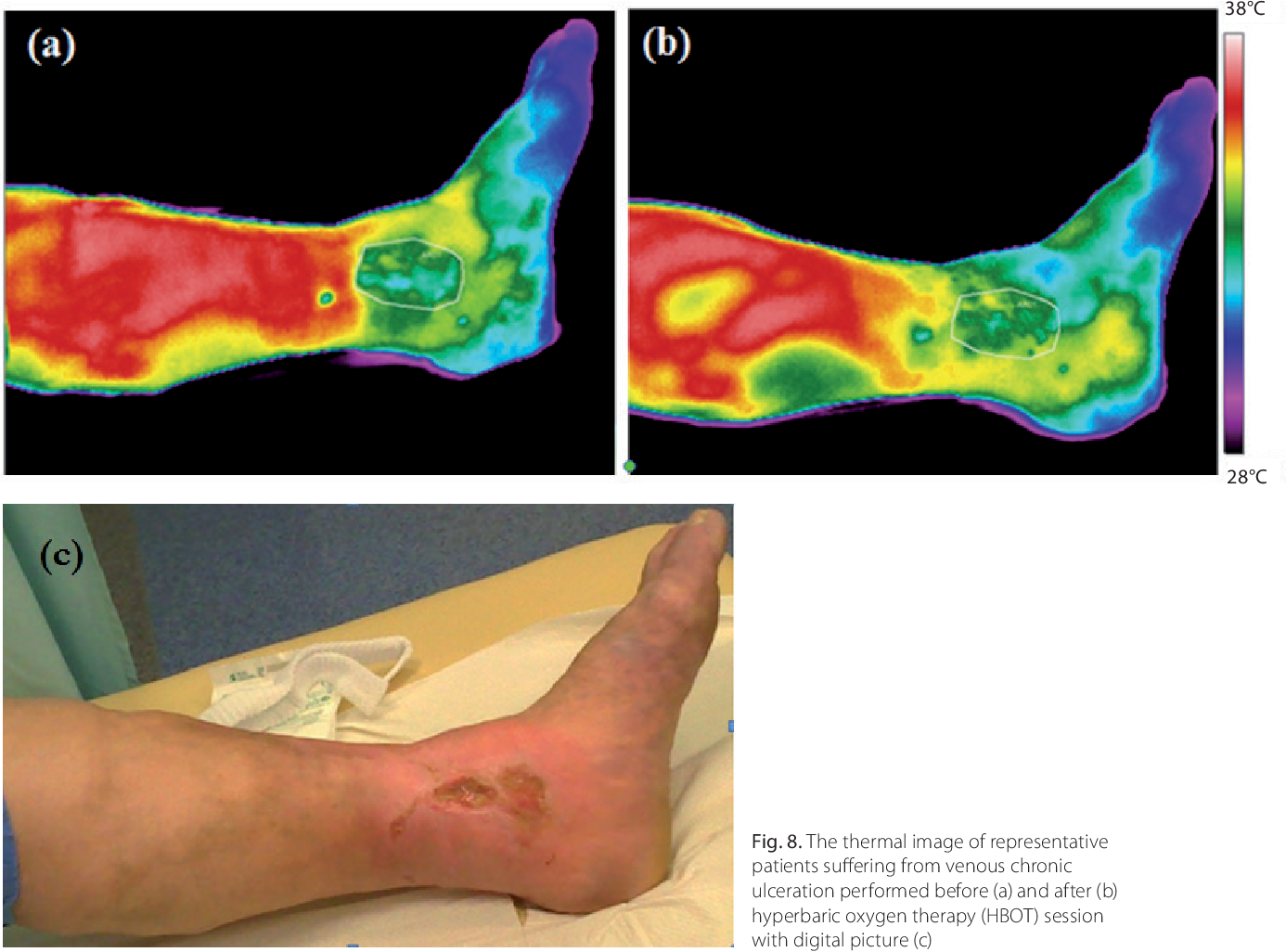The Benefits of Hyperbaric Oxygen Therapy for Wound Healing

Hyperbaric oxygen therapy (HBOT) is increasingly recognized as an effective and innovative approach to enhancing wound healing. This therapy, initially used to treat decompression sickness in divers, has now broadened to address various medical conditions, including chronic wounds, post-surgical recovery, and radiation injuries. Let’s explore how hyperbaric oxygen therapy works, its benefits for wound healing, and the types of wounds that may respond well to this treatment.
How Hyperbaric Oxygen Therapy (HBOT) Works
HBOT involves breathing in pure oxygen within a pressurized chamber. The combination of increased atmospheric pressure and high oxygen concentration allows more oxygen to dissolve directly into the bloodstream and reach tissues at a deeper level. This elevated oxygen level supports essential processes in wound healing, such as collagen synthesis, new blood vessel formation, and infection control.
Key Benefits of HBOT for Wound Healing
- Enhanced Tissue Oxygenation
- Oxygen is crucial for cellular functions and plays a central role in tissue repair and regeneration. By delivering oxygen at higher pressures, HBOT ensures that damaged tissues receive enough oxygen, even when regular circulation is compromised. This enhanced oxygen delivery is particularly beneficial for hypoxic or poorly vascularized tissues that are slow to heal.
- Stimulation of Collagen Production and Fibroblast Function
- Collagen is a protein essential for the structural integrity of skin and connective tissues. HBOT stimulates fibroblasts (cells involved in collagen production), helping to create a stronger wound matrix, which is vital for wound closure and scar formation.
- Angiogenesis (Formation of New Blood Vessels)
- Oxygen is a critical driver of angiogenesis, the process by which new blood vessels form to supply nutrients to healing tissues. HBOT promotes angiogenesis, ensuring that wounds receive a steady blood supply that aids in recovery and reduces the risk of ischemia-related wound complications.
- Reduction of Inflammation and Swelling
- Inflammation is a natural part of the healing process, but excessive or chronic inflammation can hinder wound healing. HBOT has an anti-inflammatory effect, helping to reduce swelling and manage inflammatory responses that may delay the healing process.
- Antibacterial Properties and Immune Support
- High oxygen concentrations are hostile to certain bacteria, particularly anaerobic bacteria that thrive in low-oxygen environments. HBOT can boost the immune system’s ability to kill bacteria, thus reducing infection rates in chronic and open wounds.
- Accelerated Healing for Chronic Wounds
- Conditions such as diabetic foot ulcers, venous stasis ulcers, and pressure sores often require more oxygen than the body can provide through normal circulation. HBOT is beneficial for chronic wounds, helping to break the cycle of stalled healing and promoting closure in cases where other treatments have been ineffective.
Types of Wounds that Benefit from HBOT
Hyperbaric oxygen therapy has been particularly effective in treating:
- Diabetic Ulcers: A leading cause of foot and leg amputations, diabetic ulcers are often resistant to traditional treatments. HBOT can significantly reduce healing time and lower amputation risk.
- Pressure Ulcers (Bedsores): HBOT helps with wound closure in patients experiencing limited mobility or extended bed rest.
- Radiation-Induced Wounds: Individuals who have undergone radiation therapy may suffer from radiation necrosis or chronic wounds, especially in areas with limited blood flow. HBOT can counteract the damage caused by radiation and improve tissue viability.
- Surgical Wounds: Post-surgical wounds that fail to heal or are at risk of infection can benefit from HBOT, supporting faster recovery and reducing the need for additional surgeries.
Conclusion
Hyperbaric oxygen therapy offers a valuable, science-backed approach to wound healing, especially for chronic and difficult-to-heal wounds. By enhancing tissue oxygenation, stimulating collagen synthesis, promoting angiogenesis, and reducing infection risk, HBOT helps address many challenges faced by patients with impaired wound healing. This therapy, when used in conjunction with a comprehensive wound care plan, can lead to better outcomes, shorter recovery times, and improved quality of life for those suffering from chronic wounds.